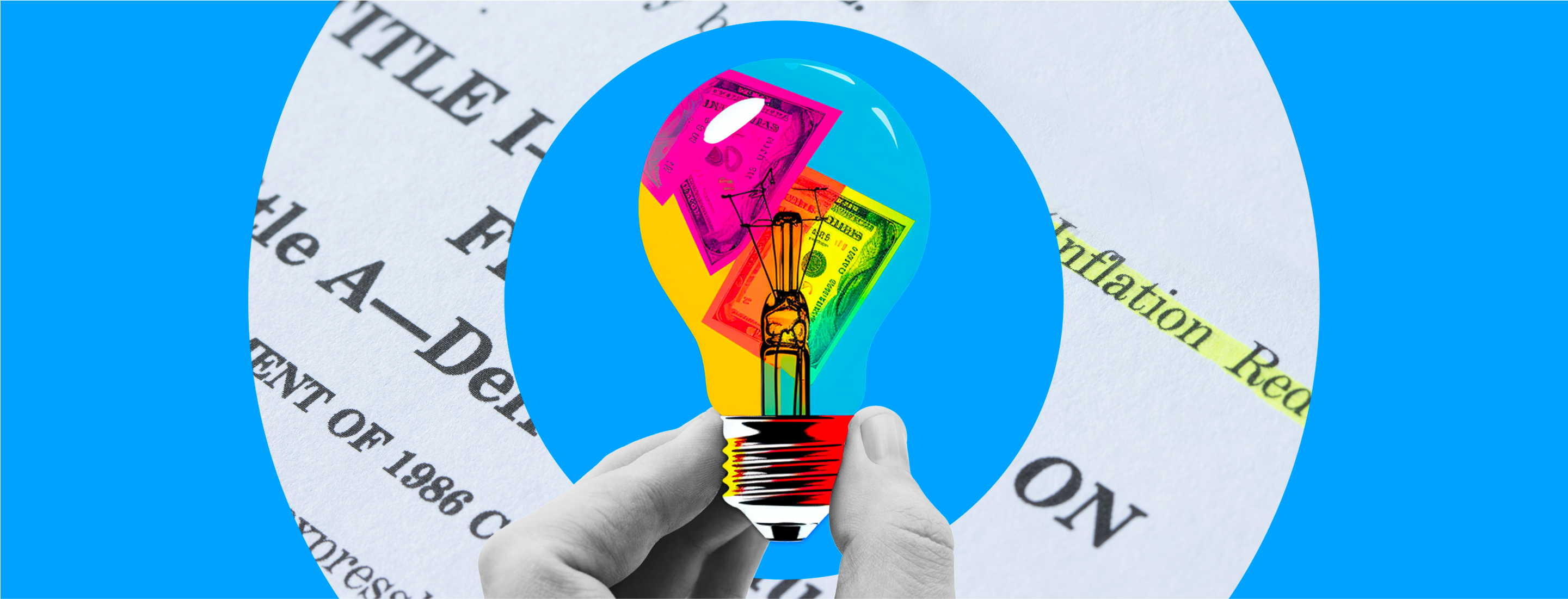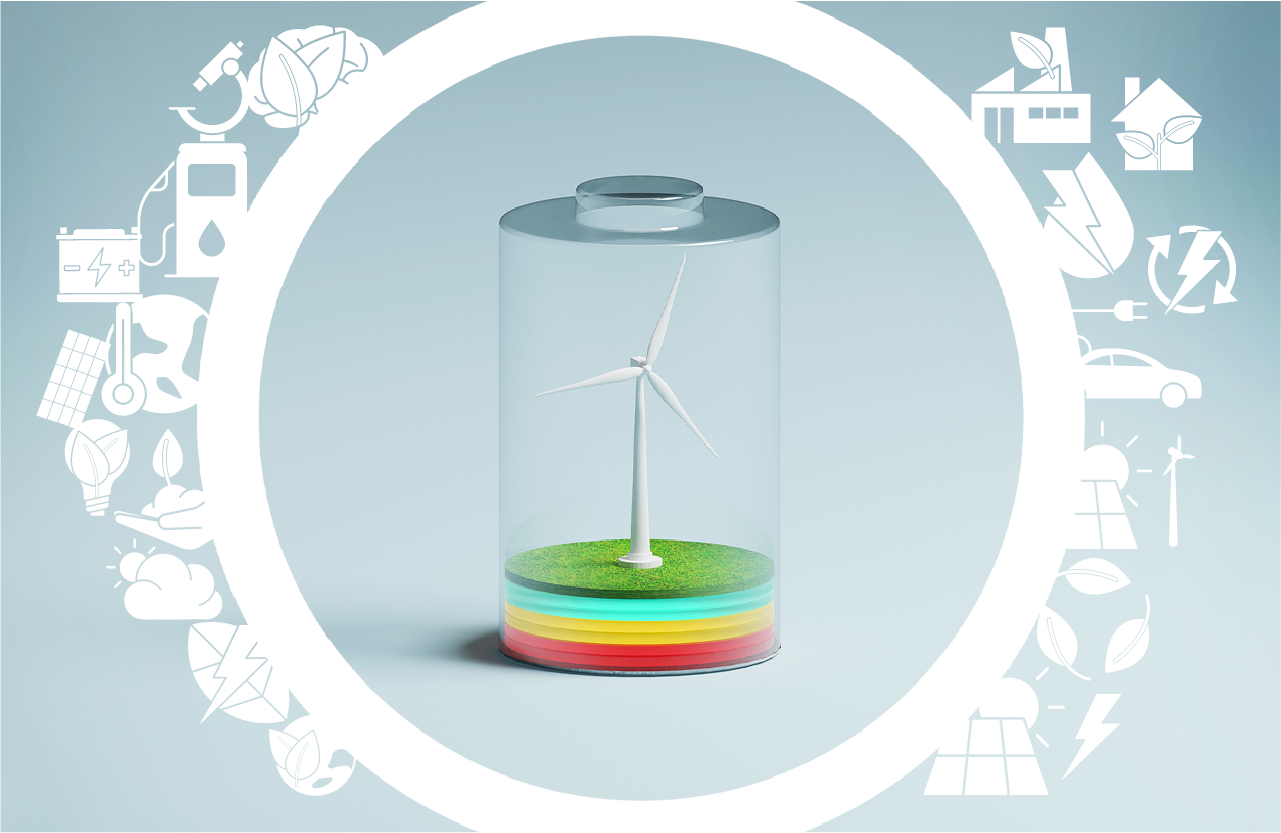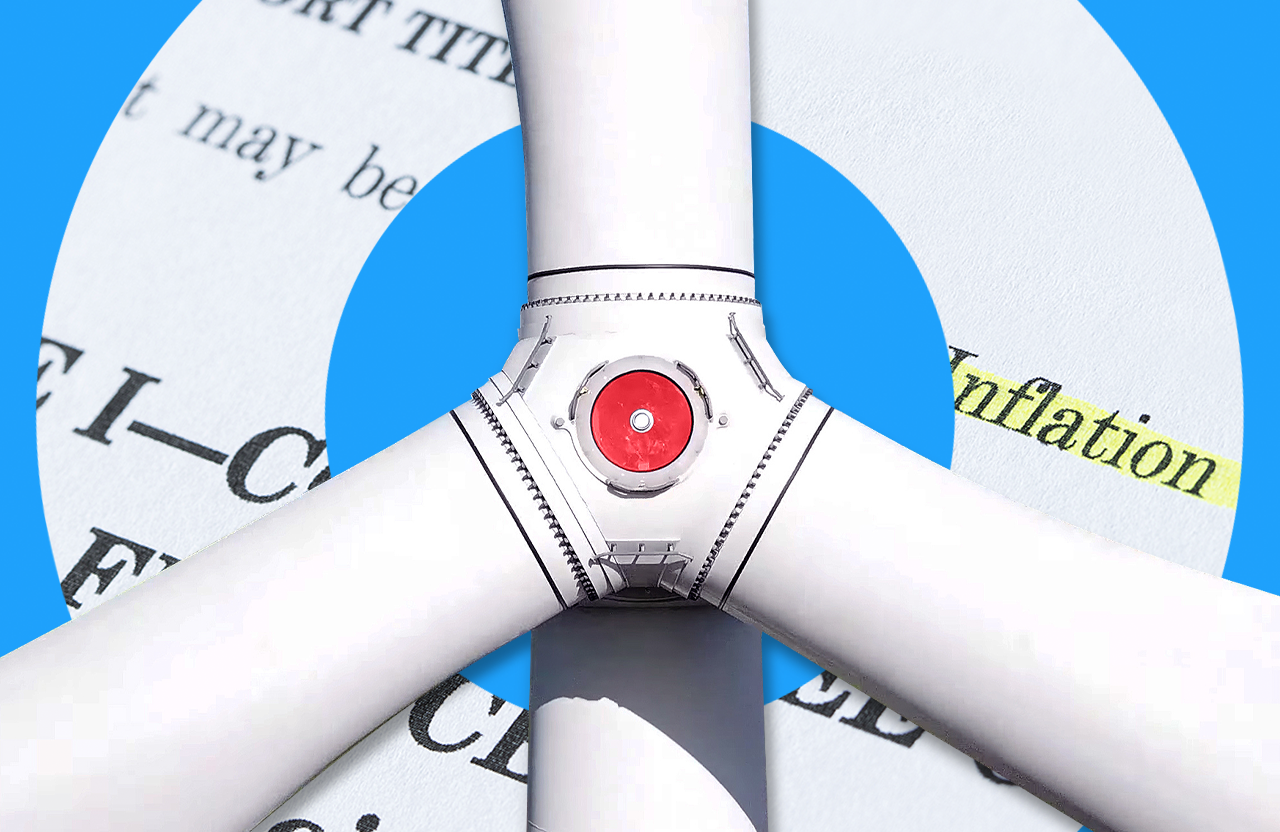What issue can we solve for you?
Type in your prompt above or try one of these suggestions
Suggested Prompt



Energy & Commodities
How the Inflation Reduction Act Impacts Utilities
How the Inflation Reduction Act Impacts Utilities
Sartaz Ahmed • Tripp Fried
Executive summary:
- The Inflation Reduction Act has numerous, high-impact provisions that have tilted renewable project economics to significantly favor regulated utilities
- To incentivize further growth in renewable power capacity, the act provides new pathways to monetize valuable tax subsidies previously inaccessible to utilities and, ultimately, their customers
- This altered competitive landscape positions regulated utilities to undercut independent power producers and create new value for utility shareholders and ratepayers alike
More than simply curbing inflation, the Inflation Reduction Act (IRA) is poised to significantly impact the environment and the way Americans power their lives. The act pledges $369 billion to support the development of clean energy resources, with the goal of reducing power sector carbon emissions by 75 percent by 2032.
In reality, however, the IRA’s provisions make these tax credits uncapped and perpetual, which likely pushes the value to developers well over $1 trillion before meaningful efforts to phase out financial incentives.
So, how does the IRA impact utility operators?
In simple terms, utilities no longer have to watch from the sidelines. As the organizations that operate and maintain the bulk power system, regulated utilities have had a front-row seat to previous legislation over the last 20-plus years aimed at competitive project development through independent power producers (IPPs) and their financing partners. The IRA has overhauled federal tax codes so that investor-owned utilities are among the companies that will benefit the most through newly unlocked development cost advantages.
New opportunities need new strategies
The IRA’s restructured tax credit system and acceleration of clean energy development will impact energy markets, labor markets and supply chains. Utilities organizations should be proactive in reviewing their strategy to take advantage of the new playing field.
Furthermore, the IRA will exacerbate volatile real-time energy markets, as the intermittent nature of wind and solar resources can lead to violent price swings. Organizations should prepare for volatility by building adaptable and resilient strategies, such as investing in battery storage, bolstering their trading and risk management capabilities and developing customer offerings that incentivize more constructive energy consumption behavior.
The IRA will bring sweeping changes to energy markets, and utilities organizations should prepare to make the most of these changes. As the IRA accelerates the transition to clean energy, utilities have an opportunity to unlock new value by tapping into renewable markets and claiming tax credits.

Learn how the Inflation Reduction Act’s incentives can generate new value and untap growth opportunities for your utility.
Related Reading
-
![]()
Battery Energy Storage Systems: Playing a New Role in Price Arbitrage
Learn how Battery Energy Storage Systems (BESS) can optimize your portfolio.
-
![]()
Meeting the IRA’s Challenges
The Inflation Reduction Act has given the renewables sector a massive boost. But with rapid expansion comes significant challenges for utilities.
-
![]()
5 Data-driven Principles for Grid Modernization
How utilities industry leaders apply data to improve grid reliability, in five practical steps.








